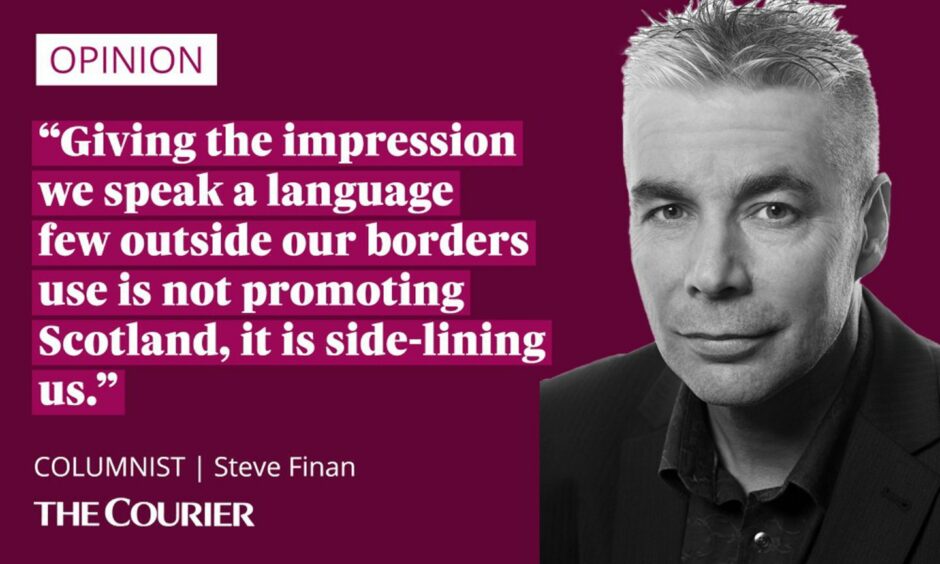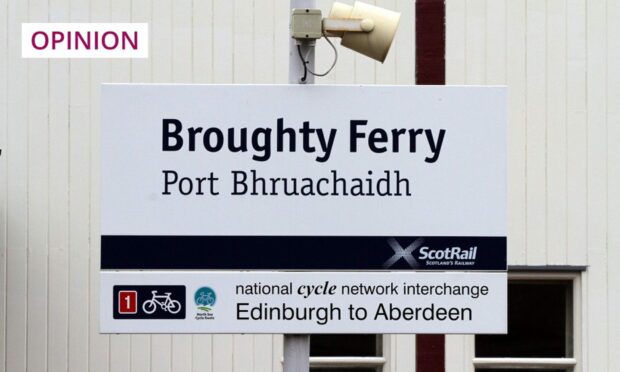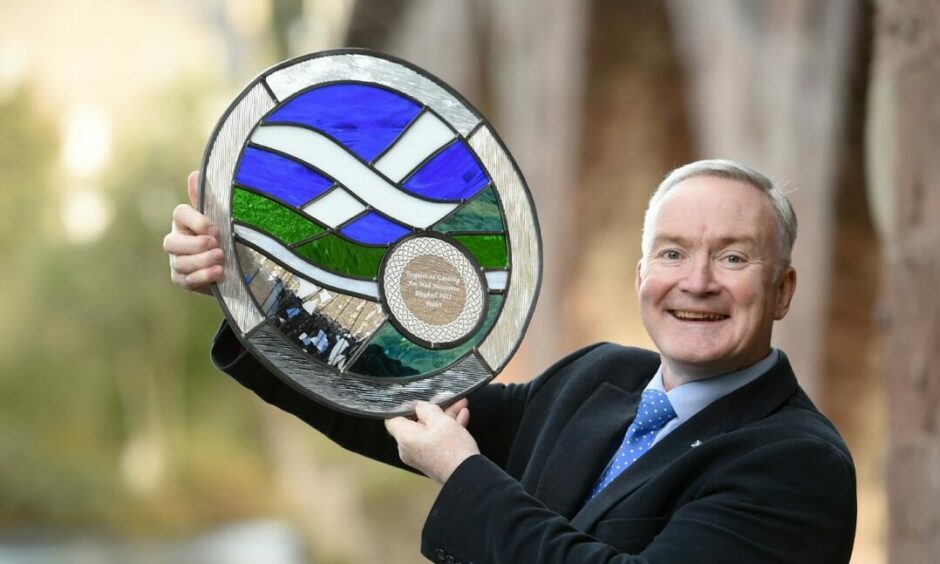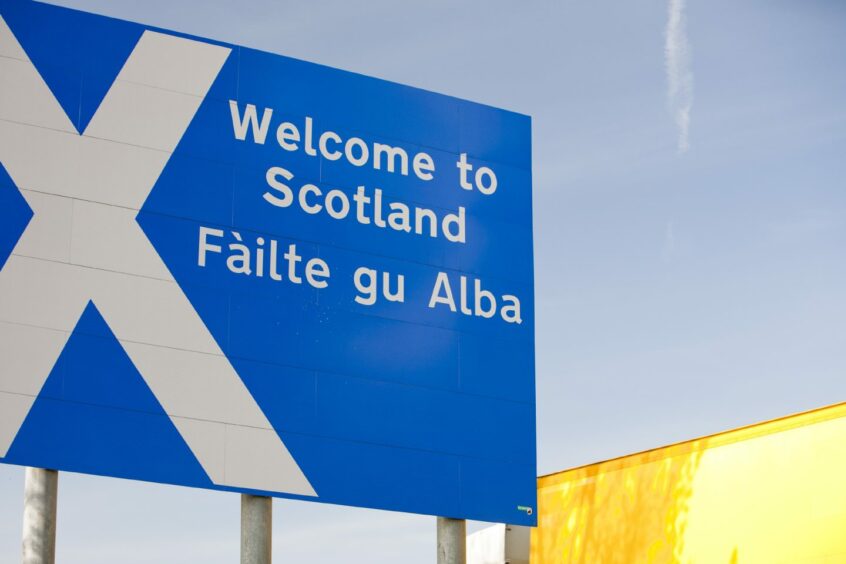Pretending Scotland is a Gaelic-speaking nation is detrimental to us.
It is a fact – inconvenient to dewy-eyed, Aran cardigan-wearing romanticists – that, overwhelmingly, we speak English.
Gaelic road signs are fine where the language is widely spoken, but aren’t needed in the lowlands.
Count the times you’ve been asked: “Should I stay on the train past Inbhir Ghobharaidh until Port Bhruachaidh”? (Invergowrie, Broughty Ferry.)
And do many in Dundee dial 999 for the poileas or an ambaileans?

While Gaelic usage is rising, there aren’t enough speakers yet to merit a Margadh an Fheoir sign at Edinburgh’s Haymarket Station.
There are far more Polish speakers here than Gaelic. So to encourage further Eastern European migration a sign saying Targ Siana would be better.
It is patronising to Gaelic speakers to give the impression the rail network is Gaelic-competent.
If a conductor is asked for a ticket to Bag Nan Uaimhean, but cannot issue it, a false promise has been made.
The world needs to know most Scots do not speak Gaelic
I have nothing against Gaelic. It is everyone’s right to use whatever language they prefer.
Learning another language helps understanding of your native language.
That’s a good thing, and a reason often given for learning Gaelic.
But learning German would do that same function, and be more useful when arranging whisky exports to Berlin.
Trying to convince ourselves we are somehow “more Scottish” by speaking Gaelic is a cul-de-sac, a distraction from what is really important.
We need to be practical when differentiating between what is genuinely good for our country, and cute kilted gonks.
We are looking inward at a time when we can’t afford to be insular.
Scots have always been, and should always be, an outward-looking people.
Giving the impression we speak a language few outside our borders use is not promoting Scotland, it is side-lining us.
We speak English, one of the world’s most-used languages of commerce.
Communication is vital when trading and Scotland should aim to have as few barriers to trade as possible.
Cold-eyed pragmatism dictates that speaking a world language, being seen as a place where it is easy to do business, is a cornerstone of a modern nation.
We need to sell Scotland in a language everyone understands
I also worry that promulgating Scotland as Gaelic-speaking could put off English-speakers who might be persuaded to move to our less-populated areas.
Just one month until consultation closes on 17 November!
There's still time to respond to our consultation on #Gaelic and #Scots.
We are seeking views on a range of issues, including Gaelic education and raising the profile of Scots.
Have your say➡️https://t.co/gHXQRyLjr9 pic.twitter.com/gDyctKzJAS
— ScotGovScots (@ScotGovScots) October 18, 2022
Attracting inward migration of young, energetic, working people is a far more pressing need than constructing a romantic fantasy of Scotland as a quaint place with a language they won’t know.
We are not a museum piece.
To finish, I ask this: would you hesitate to go into a shop that had Gaelic signage, thinking the staff might not understand you?
Or go next door to a similar shop where you know you’ll be understood?
The world, when shopping, thinks like that too.













Conversation